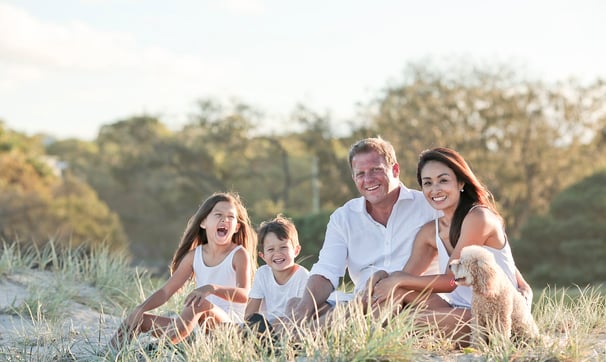How to Create a Family Emergency Preparedness Plan
COMMUNITYEDUCATION


Emergencies can strike when we least expect them, leaving families vulnerable and unprepared
Whether it's a natural disaster, a medical crisis, or a sudden power outage, having a well-thought-out Family Emergency Preparedness Plan can make all the difference in ensuring the safety and well-being of your loved ones. In this blog post, we will outline the essential steps to create a comprehensive family emergency preparedness plan, empowering you and your family to face unexpected challenges with confidence.
Step 1: Assess Potential Risks
The first step in creating a family emergency preparedness plan is to identify the potential risks and hazards in your area. Research common emergencies such as earthquakes, floods, hurricanes, wildfires, or severe weather conditions that may affect your region. Consult local authorities, emergency management agencies, and community resources to understand the specific risks your family may encounter.
Step 2: Create an Emergency Communication Plan
During an emergency, communication is critical. Develop a comprehensive communication plan that includes contact information for all family members, including work, school, and daycare numbers. Assign an out-of-area contact person whom everyone can reach to relay information. Make sure everyone in the family knows how to use text messages or social media platforms to communicate if phone lines are down.
Step 3: Establish Meeting Points
Choose designated meeting points both inside and outside your neighborhood. These locations will serve as gathering points in case family members get separated during an emergency. Ensure every family member knows the meeting spots and how to reach them safely.
Step 4: Assemble an Emergency Kit
Prepare a well-stocked emergency kit that can sustain your family for at least three days. The kit should include essentials like non-perishable food, water, first aid supplies, flashlights, batteries, a battery-powered radio, personal hygiene items, important documents, cash, and any necessary medications. Regularly check and update the kit to ensure everything is in working order and not expired.
Step 5: Develop Evacuation Plans
In the event of a sudden evacuation, knowing where to go and how to get there safely is crucial. Create evacuation plans for various scenarios, considering different routes out of your neighborhood or city. Include plans for evacuating by car, foot, or public transportation, if applicable. Practice these evacuation routes with your family, so everyone becomes familiar with the process.
Step 6: Consider Special Needs
Take into account any special needs your family members may have. This includes individuals with medical conditions, disabilities, or mobility challenges. Ensure that your emergency kit and plans cater to these specific needs, and reach out to local support organizations for additional assistance.
Step 7: Educate and Train
Knowledge is the key to preparedness. Educate your family on how to respond to different emergencies. Conduct regular drills and training sessions to practice various scenarios. This will help build confidence and reduce panic during real emergencies.
Step 8: Stay Informed
Stay informed about potential threats and developments by following local news, weather updates, and official emergency notifications. Sign up for alerts and warnings from local authorities to receive real-time information.
Conclusion
Creating a Family Emergency Preparedness Plan is a crucial step in safeguarding the well-being of your loved ones during challenging times. By assessing risks, establishing communication methods, preparing an emergency kit, and developing evacuation plans, you empower your family to handle emergencies with greater resilience. Regularly review and update the plan as needed, and most importantly, remain calm and supportive during emergencies to ensure the safety and security of everyone involved. Remember, preparedness is the key to effectively facing unforeseen challenges and emerging stronger as a family.
